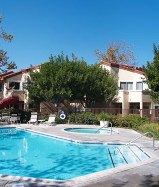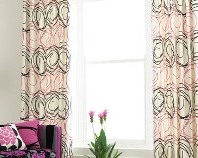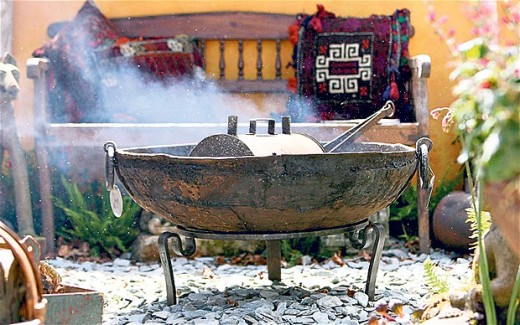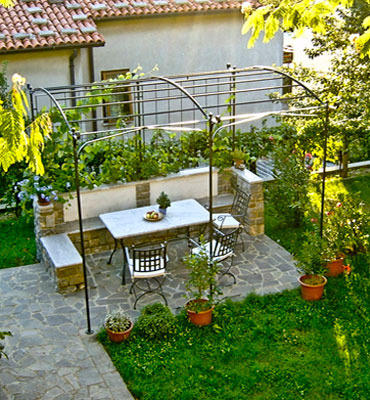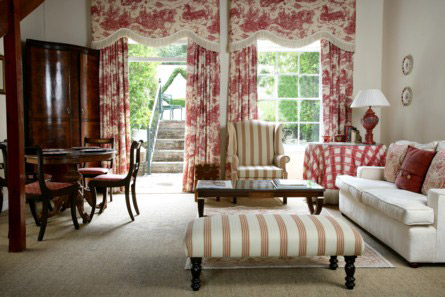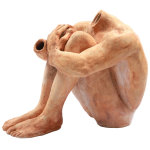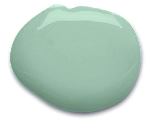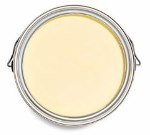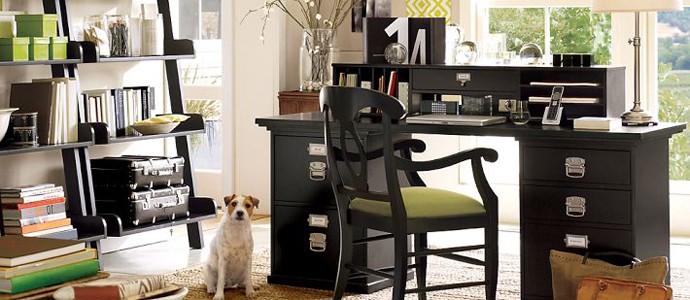3 Outdoor Accessories to Add to Your Summer Yard
 July 16, 2012
July 16, 2012  Irwin Weiner ASID - Summer decorating outdoors usually means setting out the sets of porch, deck, patio, and pool furniture (lucky you, if you have all four!), but it should also mean accessorizing. Our philosophy on outdoor decorating is the same as indoors: be eclectic and mix up styles and looks and add objects of interest outdoors just as you would indoors. We like the look of "outdoor rooms," and just as we dislike matchy-matchy sets of furniture indoors, we think it's important to break up the monotony outdoors as well. Here are three outdoor accessories that will help personalize your outdoor spaces.
Irwin Weiner ASID - Summer decorating outdoors usually means setting out the sets of porch, deck, patio, and pool furniture (lucky you, if you have all four!), but it should also mean accessorizing. Our philosophy on outdoor decorating is the same as indoors: be eclectic and mix up styles and looks and add objects of interest outdoors just as you would indoors. We like the look of "outdoor rooms," and just as we dislike matchy-matchy sets of furniture indoors, we think it's important to break up the monotony outdoors as well. Here are three outdoor accessories that will help personalize your outdoor spaces.Classico Pergola from Metal Design Furniture (third photo) - A pergola or gazebo creates an instant focal point for a yard, and in the case of the configuration shown in the photo, it helps further define an outdoor room by giving it a suggestion of walls and a ceiling. In this case, one would trail vines up the iron posts and train them to form a green ceiling, perfect for summer dining, conversation, and entertaining. A pergola is the ideal accessory to finish off any space (the Classico and other Metal Design features are availabile in a wide range of colors and finishes).
Bonus
 India,
India,  UK,
UK,  chair,
chair,  coffee table,
coffee table,  fire pit,
fire pit,  garden,
garden,  patio,
patio,  pergola,
pergola,  planter,
planter,  pool in
pool in  Irwin Weiner,
Irwin Weiner,  accessories,
accessories,  outdoor
outdoor 





